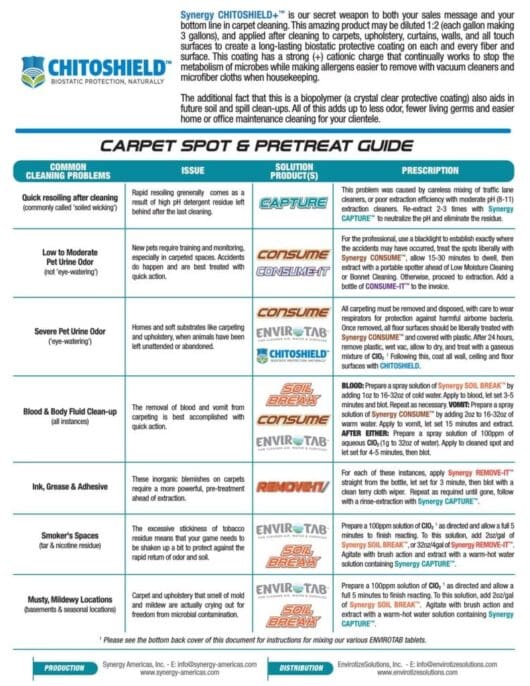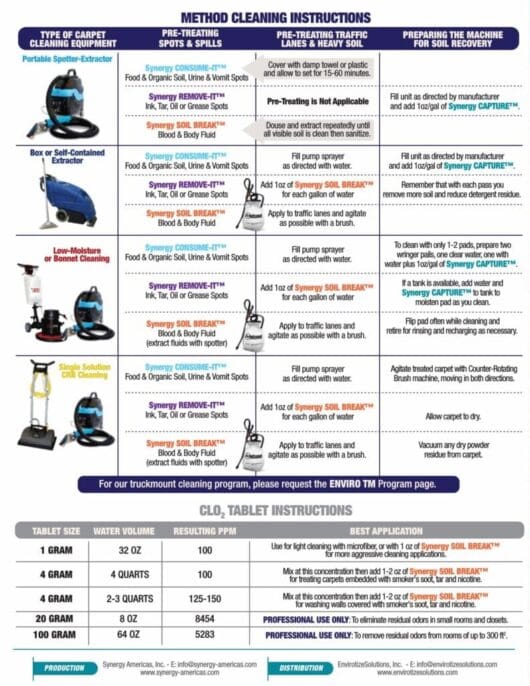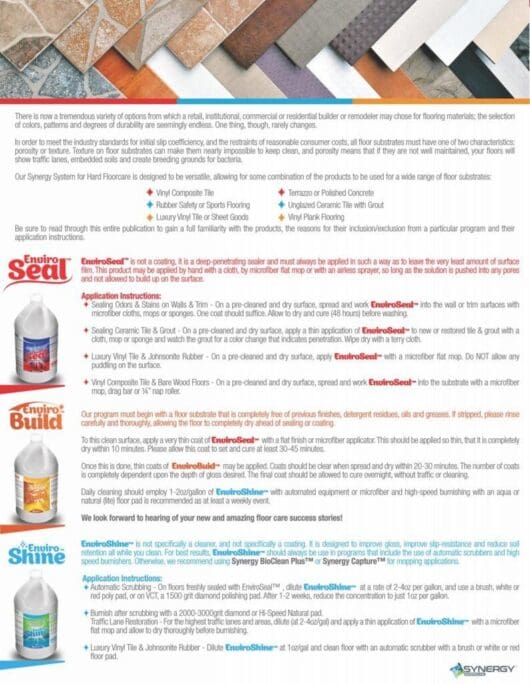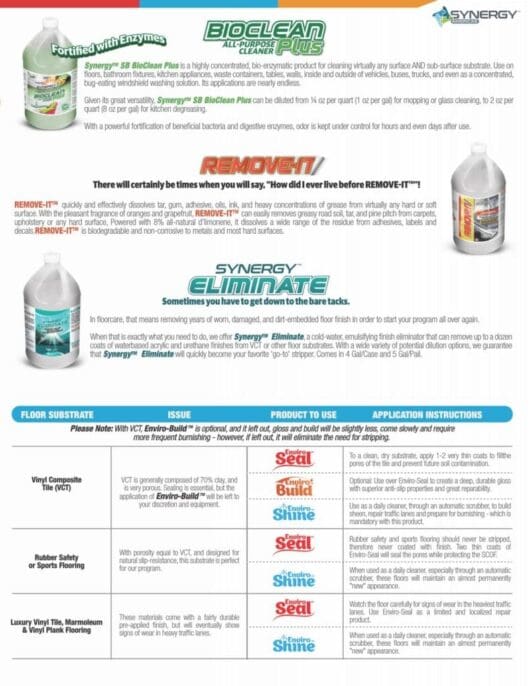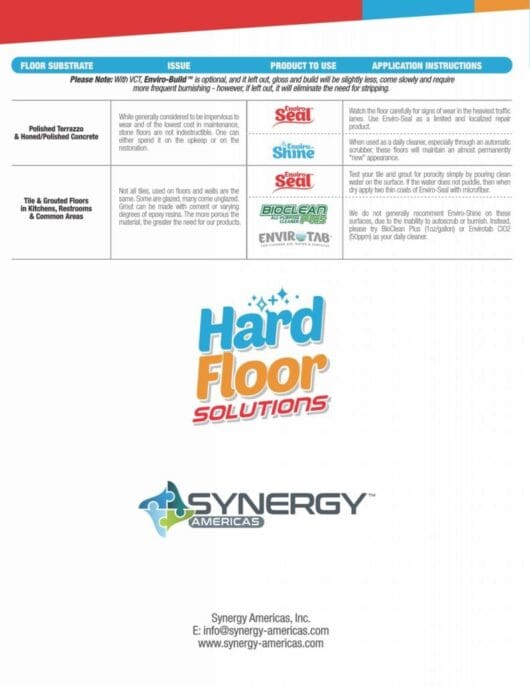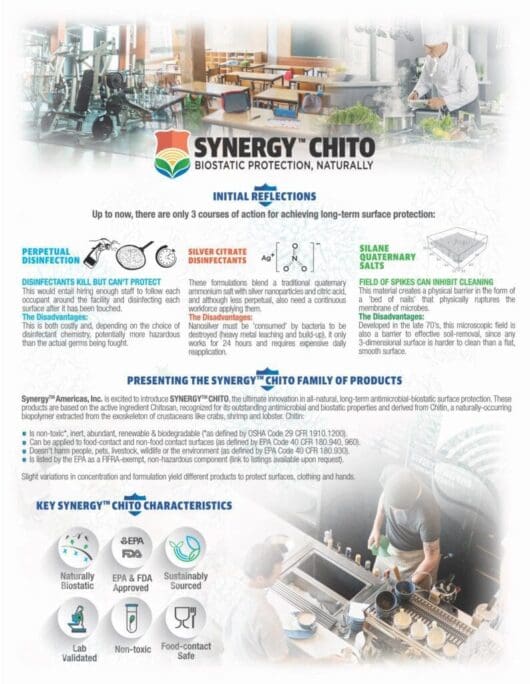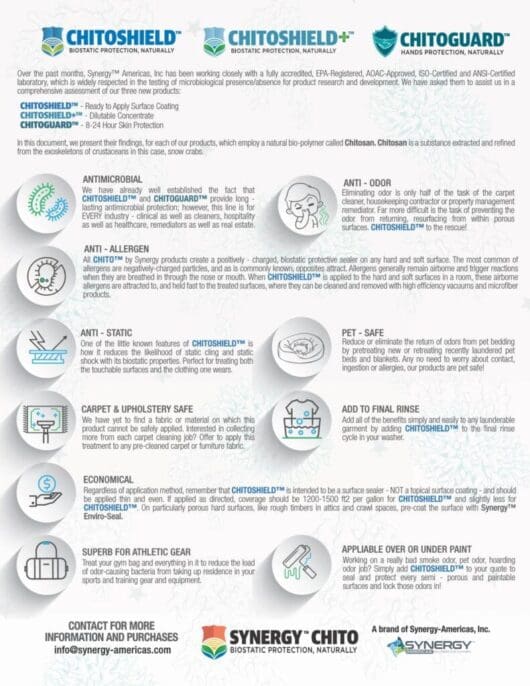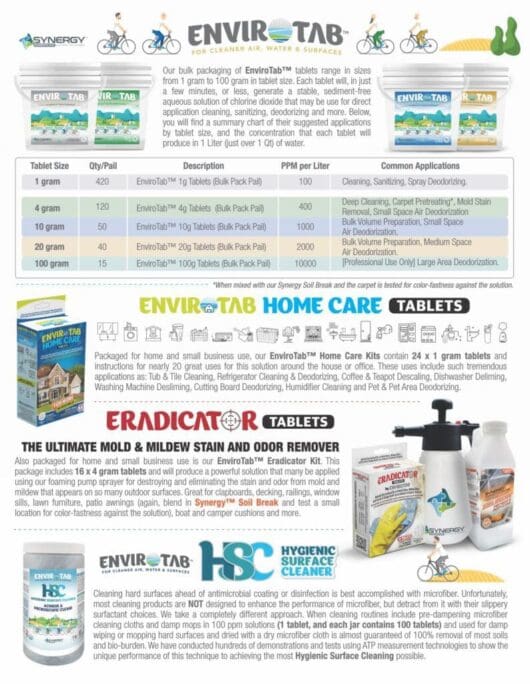Stay Connected...Drop Us a Line
For best user-experience, hit 'TAB' to move from field to field.
Cleaning Basics...Part 7
What Are Enzymes & How Do they Help with Cleaning
Listen to the Audio Version:
What are Enzymes?
Enzymes exist in every corner of the Earth, and are essential to life, but most people have no idea what they are. We'd like to change that by shining some light on their role in creation.
Enzymes are proteins that, when introduced to organic materials, they act as a catalyst by jump-starting reactions without being part of the reaction. In this case they act as a catalyst of decay. Enzymes attach themselves to specific substances, like a key in a lock, and unlock the bond between the substance components.
They are the key that shuts down the security system within a compound and allows for the destruction of what holds the unit in cohesion.
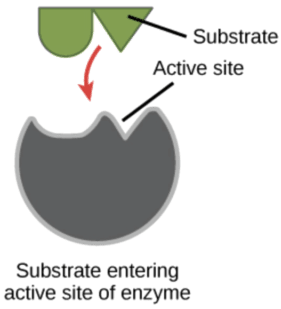
Types & Keys:
As seen above, enzymes are designed with key-sites that are specific to the organic soil type. Different substrates require different key configurations. Here is a quick breakdown of some of the types of enzymes found in cleaning compounds:
- Protease - designed to break down protein soils into peptides and soluble amino acids.
- Amylase - designed to accelerate the breakdown of starches and carbohydrates
- Lipase - designed to accelerate the breakdown of triglycerides into consumable fatty acids
- Cellulase - designed to breakdown cellulose and similar fibrous materials.
Enzymes are not produced from thin air, nor are they commonly built into detergents by themselves, they are generally coupled with benevolent bacteria.
What Happens Next?
Enzymes work hand-in-hand with specific benevolent bacteria that produce and project the enzymes. The enzymes launch the initial attack, breaking down the matter so that it can then be consumed by the bacteria. The bacteria uses the nutrients to support it self through metabolism. I like to compare it to a brick wall. The wall itself is too strong and large to consume, so the enzyme go in ahead to pulverize the mortar, making the bricks then small enough to eat. This cycle will continue until the organic soil load is diminished. In summary, enzymatic products are perfect for areas with high amounts of organic soil: seeking out, breaking down and consuming organic soils until they are gone.





